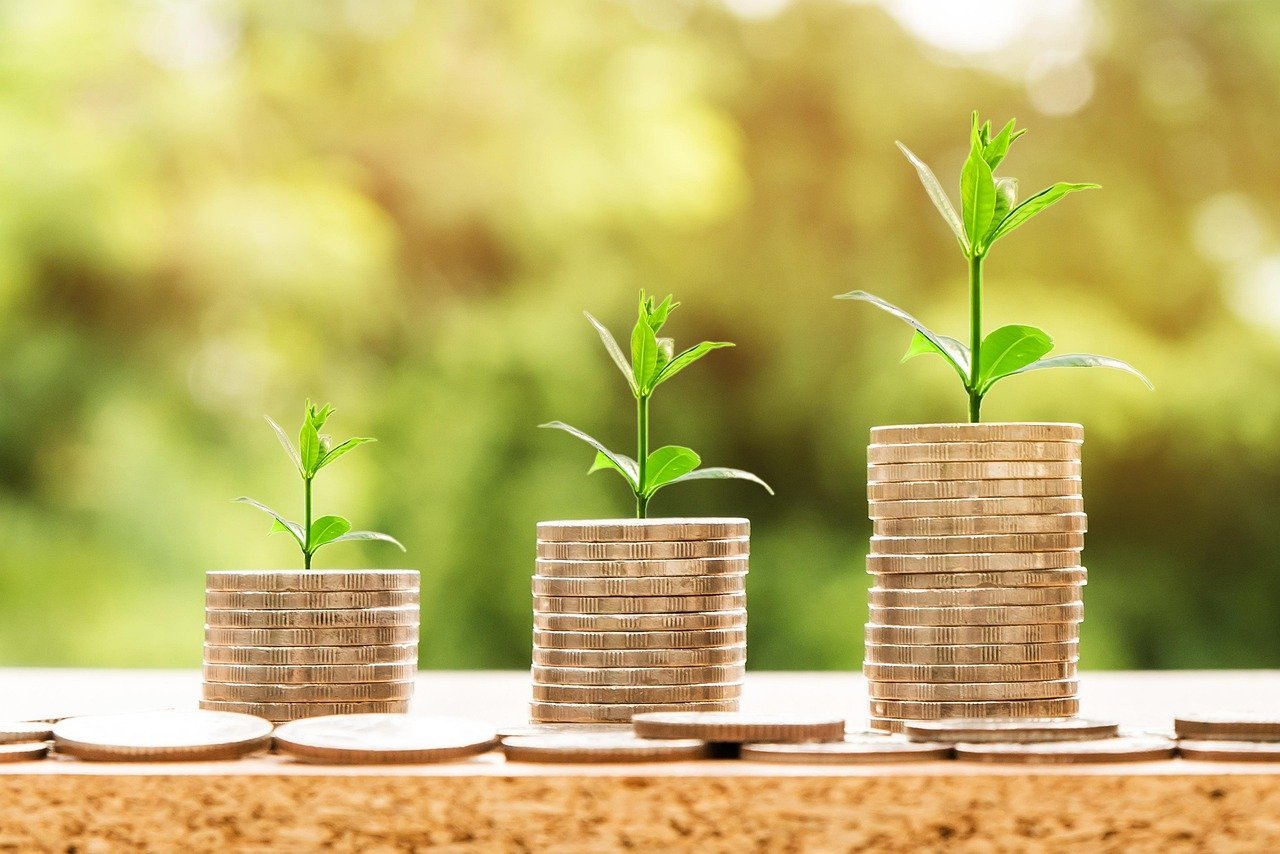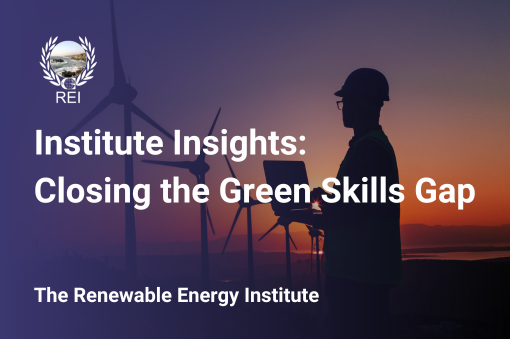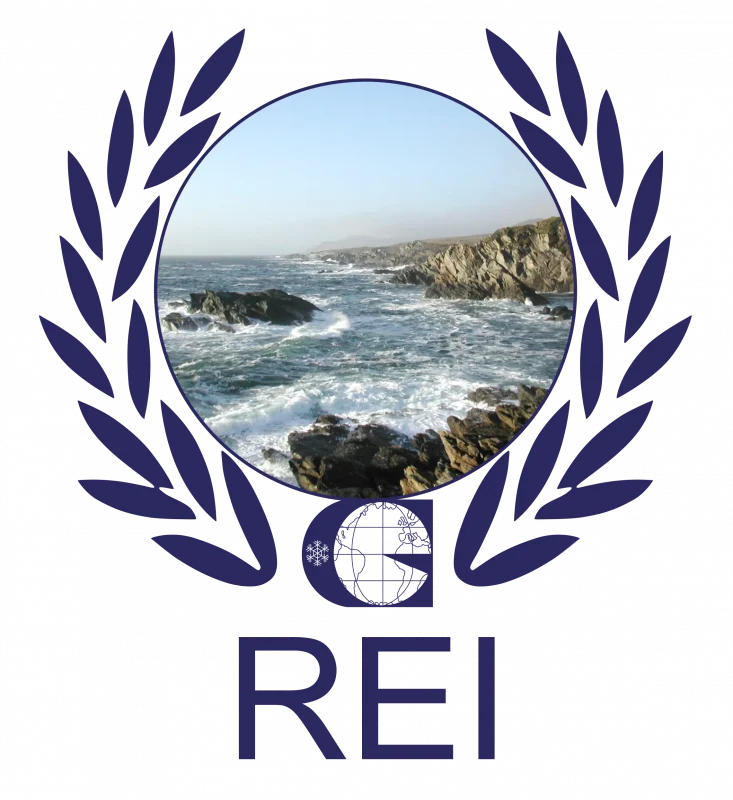Renewable Energy Insights
Global Energy Investment Hits Record High: Key Takeaways from the IEA’s 2025 Report

Global energy investment is set to reach an unprecedented $3.3 trillion in 2025, according to the International Energy Agency’s latest World Energy Investment report. Clean energy technologies, ranging from solar and wind to nuclear and battery storage, are driving this surge, attracting more than twice the investment of fossil fuels.
Despite economic uncertainty and geopolitical tensions, countries are ramping up efforts to secure and decarbonise their energy systems. China now leads the world in energy investment, almost spending more than both the EU and US combined, while solar PV is expected to draw a record $450 billion this year, making it the top investment focus globally. However, challenges persist such as grid investment, which is lagging behind generation capacity, raising electricity reliability concerns. Meanwhile, Africa, home to 20% of the global population, receives just 2% of clean energy funding, a gap the International Energy Agency (IEA) says must be urgently addressed.
The following Q&A breaks down the report’s major findings and what they mean for the future of energy.
Q: What is the overall trend in global energy investment according to the IEA’s 2025 report?
A: Global energy investment is set to reach a record $3.3 trillion in 2025, with clean energy technologies attracting more than twice the capital of fossil fuels, reflecting a major global shift toward sustainability.
Q: How is investment divided between clean energy and fossil fuels?
A: In 2025, investment in clean technologies such as renewables, nuclear, electricity grids, storage, low-emissions fuels, efficiency measures and electrification, is projected to hit $2.2 trillion. Fossil fuel investment into oil, natural gas and coal is expected to total $1.1 trillion.
Q: Which country is leading global energy investment?
A: China is the single largest investor in energy globally. It now spends almost as much as the European Union and the United States combined and has dramatically expanded its share of global clean energy investment over the past decade, from 25% to nearly 33%.
Q: What technology is attracting the most capital?
A: Solar PV leads all technologies in investment, with projected spending of $450 billion in 2025. It is now the largest single item in global energy investment. Battery storage, supporting the growth of solar and wind, is also rapidly expanding, with investment expected to surpass $65 billion.
Q: How are electricity and fossil fuel investments comparing today vs a decade ago?
A: A decade ago, fossil fuel investments were 30% higher than electricity generation, grids and storage. In 2025, electricity investments, including generation, grids and storage, are projected to be 50% higher than fossil fuel investments, signalling a major transition toward the “Age of Electricity.”
Q: What’s happening with grid investment?
A: While investment in grids is growing, it remains insufficient relative to the surge in generation and electrification, sitting at around $400 billion per year. This shortfall risks electricity security and must be addressed by streamlining permitting and resolving supply chain bottlenecks.
Q: Is there still investment in coal, despite the clean energy push?
A: Yes. Coal investment continues, especially in China and India. In 2024, China began construction on nearly 100 gigawatts of new coal-fired power capacity, driving global coal plant approvals to their highest level since 2015.
Q: What are the trends in oil and gas investment?
A: Investment in upstream oil is expected to decline by 6% in 2025, the first drop since 2020, due to lower oil prices and demand. However, investment in liquefied natural gas (LNG) is booming, with new projects in the US, Qatar and Canada pushing LNG capacity toward record growth between 2026 and 2028.
Q: How is energy investment distributed across the globe?
A: Investment is highly uneven. Africa, for instance, accounts for just 2% of global clean energy investment despite representing 20% of the global population. Total energy investment in Africa has dropped by a third over the past decade. The IEA calls for increased international public finance to attract private capital to underserved regions.
The 2025 IEA report paints a clear picture: the future of energy is increasingly clean, electric and investment driven. With record levels of capital flowing into renewables, solar and battery storage, the world is moving decisively toward a lower carbon future. Yet, the transition is far from complete. Critical challenges, such as underinvestment in power grids, uneven access to capital in developing regions and continued reliance on coal in parts of Asia, must be addressed to ensure a balanced and secure global energy shift. As investment priorities continue to evolve, coordinated global action will be vital to turn today’s momentum into lasting, measurable progress.

Read Next: Closing the Green Skills Gap
Sources:
https://www.iea.org/news/global-energy-investment-set-to-rise-to-3-3-trillion-in-2025-amid-economic-uncertainty-and-energy-security-concerns
